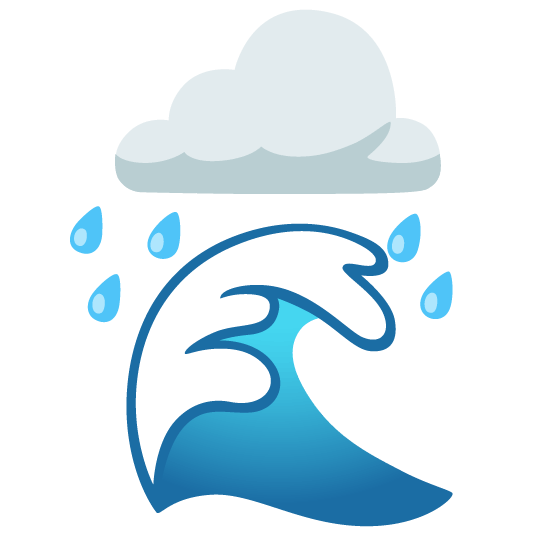
1. Distribution and Availability : Study of how water is distributed across different geographic regions, including its presence in oceans, rivers, lakes, groundwater, and glaciers.
2. Hydrological Cycle : Examination of the movement of water through evaporation, condensation, precipitation, runoff, and groundwater recharge.
3. Water Quality : Analysis of the physical, chemical, and biological characteristics of water, addressing issues like pollution and contamination.
4. Water Scarcity : Exploration of areas where water supply is insufficient to meet demand, often due to factors like population growth, climate change, and mismanagement.
5. Water Management : Study of strategies to conserve, allocate, and regulate water resources, including infrastructure like dams, reservoirs, and irrigation systems.
6. Water-related Ecosystems : Understanding the influence of water on various ecosystems, such as wetlands, rivers, estuaries, and coastal areas.
7. Human Impact : Examination of how human activities like agriculture, industry, and urbanization affect water resources and ecosystems.
8. Climate Change : Analysis of how changing climate patterns impact water availability, precipitation, and overall water resource management.
9. Transboundary Water Issues : Study of conflicts and cooperation between regions or countries sharing water resources, often leading to complex geopolitical considerations.
10. Sustainable Development : Focus on ensuring equitable access to clean water while balancing ecological, economic, and social needs for present and future generations.
11. Policy and Governance : Exploration of laws, regulations, and management practices aimed at protecting and sustaining water resources.
12. Water-related Hazards : Study of natural events like floods, droughts, and tsunamis, and their implications for water resource planning and disaster management.
Comments
Post a Comment